Immerse yourself in Alaska’s natural splendor, exploring three extraordinary national parks—Denali, Wrangell-St. Elias, and Kenai Fjords—and delving into Alaska’s rich heritage in Anchorage.
Alaska's Natural Wonders: Denali to Kenai Fjords
11 days from $8,297 | includes airfare, taxes and all fees
Immerse yourself in Alaska’s natural splendor, exploring three extraordinary national parks—Denali, Wrangell-St. Elias, and Kenai Fjords—and delving into Alaska’s rich heritage in Anchorage.
Tour Details
WHAT OUR TRAVELERS SAY
- Diane K.[This journey] well exceeded our expectations - having our own personal Ph.D. geologist with us to answer our questions in real-time was a huge bonus. Our tour director kept everything running smoothly, allowing us time to enjoy the fauna and flora to the max. Truly a memorable trip!
- Marcia, M.This Smithsonian Journeys tour of Alaska was top quality in every respect: sights visited, including magnificent, less visited Wrangell-St Elias National Park, information provided for each location plus additional narration and commentary during travel between sites; optional free time suggestions for hikes, flight-seeing and other activities; accommodations; guides and Smithsonian experts.
JOURNEYS DISPATCHES
Experts
/https://tf-cmsv2-journeys-media.s3.amazonaws.com/journeys/expert/Grabowska_John.png)
John Grabowska
John Grabowska is a natural history filmmaker whose award-winning films are broadcast nationally on PBS as prime time specials. He has made natural history films on Wrangell-St. Elias National Park, the Alaska Peninsula and the Desert Southwest. In a 30 year career with the National Park Service he Executive Produced more than 40 films on National Parks from Yellowstone and Yosemite to Crater Lake and Cape Cod. John has lectured on natural history filmmaking at the Smithsonian Institution and The National Geographic Society, led environmental media workshops in Argentina and Panama and cofounded the American Conservation Film Festival. The Washington Post calls him "one of the virtuoso environmental filmmakers in the country.”
To read an interview with the Smithsonian about his work in Alaska: https://americanhistory.si.edu/blog/2013/03/exploring-alaska-qa-with-environmental-filmmaker-john-grabowska.html.
/https://tf-cmsv2-journeys-media.s3.amazonaws.com/journeys/expert/PWD_NASA_Medal_07-crop.jpg)
Pat Dickerson
Dr. Pat Dickerson is a geologist and visiting research fellow with the Jackson School of Geosciences - University of Texas at Austin and the American Geosciences Institute. Her field research focuses on rifts of the world: Iceland, Oslo rift, the Rio Grande rift, as well as on mountain-building: the North American Cordillera and Rocky Mts., Argentine Andes, Sierra Madre Oriental of Mexico, Norwegian and Scottish Caledonides, the southwestern Appalachian chain, and Southern Alps of New Zealand. Long intrigued by the interplay of geologic processes and human activities, she was schooled in geology and classical archaeology (B.A.), then geology/tectonics (Ph.D.) at UT at Austin. She draws from those experiences in leading geological and natural history field seminars for Smithsonian groups (since 2003), for students, and for professional scientists. Pat has served on task forces to develop scientific strategies for exploring the Moon and Mars, and she collaborates with NASA on field training to prepare astronauts for such missions.
/https://tf-cmsv2-journeys-media.s3.amazonaws.com/journeys/expert/Glazner_Allen_2022.jpg)
Allen Glazner
Allen Glazner is a geologist, educator and author with particular expertise in volcanoes, tectonics, and mountain building. He believes strongly that understanding the geologic underpinnings of the planet greatly enhances one’s enjoyment of the landscape and everything that lives on it. A native Southern Californian, Allen earned geology degrees from Pomona College and UCLA before embarking on a 38-year career at the University of North Carolina at Chapel Hill, where he is Distinguished Professor Emeritus.
While his research focus is on the American Southwest, Allen has field experience many other countries including Iceland, Alaska, the Caribbean, South Africa, Mexico, Australia, Chile, and Argentina. An award-winning teacher, he has led dozens of field trips for groups ranging from the general public to academic specialists, and has trained astronauts and National Park personnel in the field and classroom. In addition to over 150 academic papers, he has coauthored several books for the public including Geology Underfoot books on Death Valley, Yosemite National Park, and Southern California.
Allen was a runner and now is an avid cyclist and hiker. He enjoys photography, especially landscape, aerial, and 3D-reconstructive. Reading, especially fiction, is one of his sedentary pursuits. See landscape photos and more at allenglazner.com.
/https://tf-cmsv2-journeys-media.s3.amazonaws.com/journeys/expert/Stearns_Carola_1.jpg)
Carola Stearns
Carola Stearns is a field geologist and geophysicist with over 40 years of experience enthusiastically sharing her fascination with the Earth and how it works. She earned a Ph.D at the University of Michigan, has worked in exploration for major oil companies, taught at universities, and maintains a research affiliation with the Kelsey Museum of Archaeology at the University of Michigan. She has worked with archaeologists on both prehistoric and classical sites around the Mediterranean and in the southwest of the US. Her diverse research interests include tectonics as well as climatic geomorphology, especially as it relates to human history. She has lectured as a park ranger at the Grand Canyon, on trips for the UM Alumni Association, and in Ann Arbor training docents for the botanical gardens, arboretum and the public school’s environmental education program. Currently she works part-time as an interpretive guide in Santa Fe.
/https://tf-cmsv2-journeys-media.s3.amazonaws.com/journeys/expert/BurnsScott.jpg)
Scott Burns
Scott Burns is a Professor Emeritus of Geology and Past-Chair of the Dept. of Geology at Portland State University where he just completed his 34th year of teaching. He was also Associate Dean of the College of Liberal Arts and Sciences at P.S.U. from 1997-1999. Scott has been teaching for 53 years, with past positions in Switzerland, New Zealand, Washington, Colorado and Louisiana. Dr. Burns specializes in environmental and engineering geology, geomorphology, soils, and Quaternary geology. Scott has won many awards for outstanding teaching, the most significant being the Faculty Senate Chair Award at Louisiana Tech University in 1987, the Distinguished Faculty Award from the Portland State Alumni Association in 2001, and the George Hoffmann Award from PSU in 2007. Based on his national leadership performance Scott was chosen to be a fellow of the Geological Society of America (2004) and a fellow with the Kellogg National Fellowship Program (1990 – 1993). He was president of the Downtown Rotary Club of Portland, Oregon’s oldest and largest Rotary club in 2009. Scott is a 6th generation Oregonian who grew up in Beaverton and is very happy to be "home" after a 25 year hiatus! He actively helps local TV, radio stations and newspapers bring important geological news to the public. Scott enjoys all sports, especially basketball, running, skiing, hiking, swimming, tennis, and golf.

/https://tf-cmsv2-journeys-media.s3.amazonaws.com/filer/68/98/6898655c-d2e5-4062-a48d-7df32063696f/ak_mtdenali_dt_l_32673770.jpg)
/https://tf-cmsv2-journeys-media.s3.amazonaws.com/filer/97/8f/978ff098-efcb-44d9-b946-94aa5f01707d/animal_bearcubs_ist_460532247.jpg)
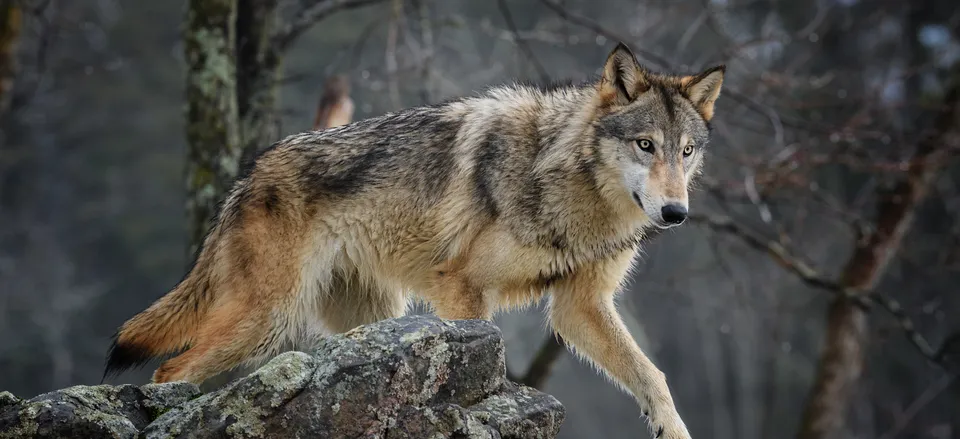
/https://tf-cmsv2-journeys-media.s3.amazonaws.com/filer/37/46/3746f997-2a6e-4f65-aec8-8ca339fc2da6/animals_ak_caribou_denalinp_dt_l_78407206.jpg)
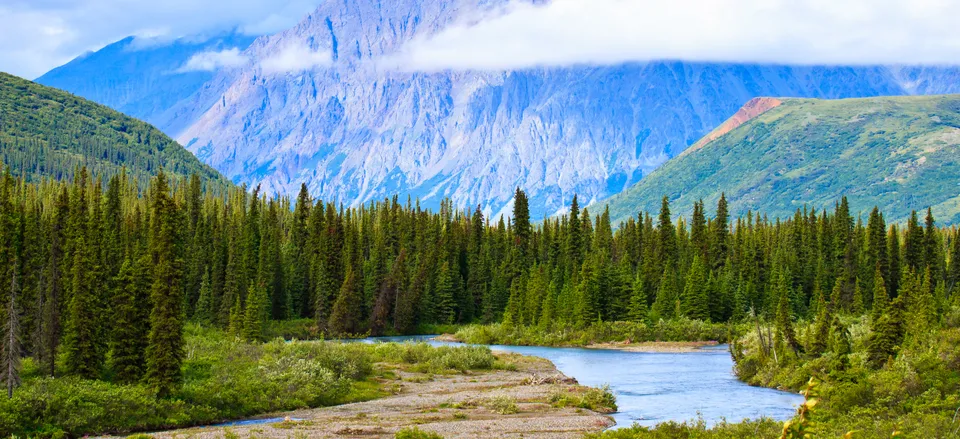
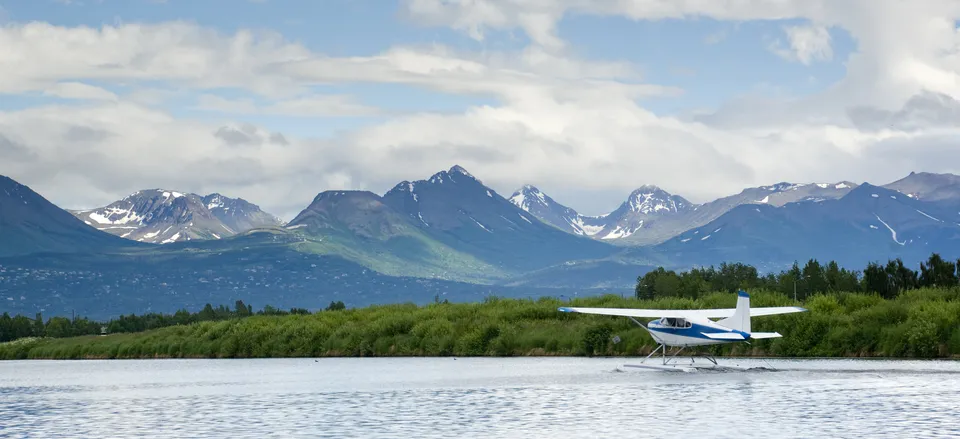
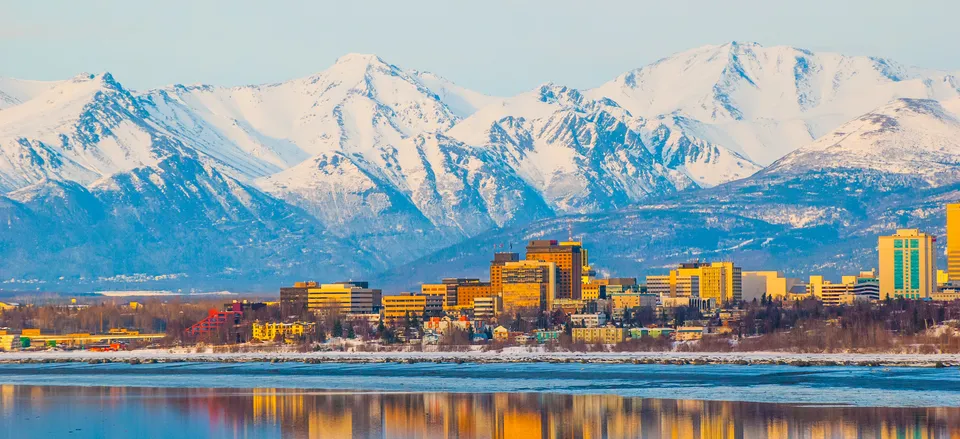

/https://tf-cmsv2-journeys-media.s3.amazonaws.com/filer/29/53/295337a7-9bd5-4bbd-a35e-e51bf47f217c/ak_traditionaldress_alaskanativeheritagecenter.jpg)
/https://tf-cmsv2-journeys-media.s3.amazonaws.com/filer/a9/9a/a99ab4b3-782b-4a79-a5dd-3eac594d7a8e/ak_dancers_alaskanativeheritagecenter.jpg)
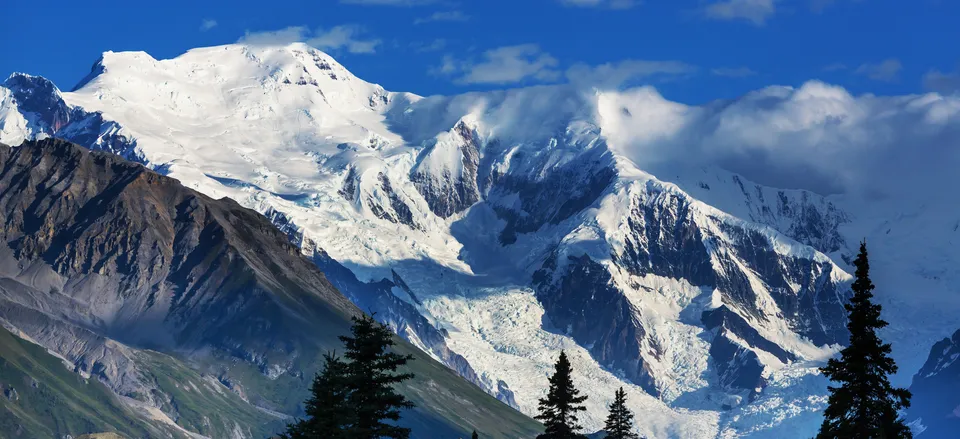
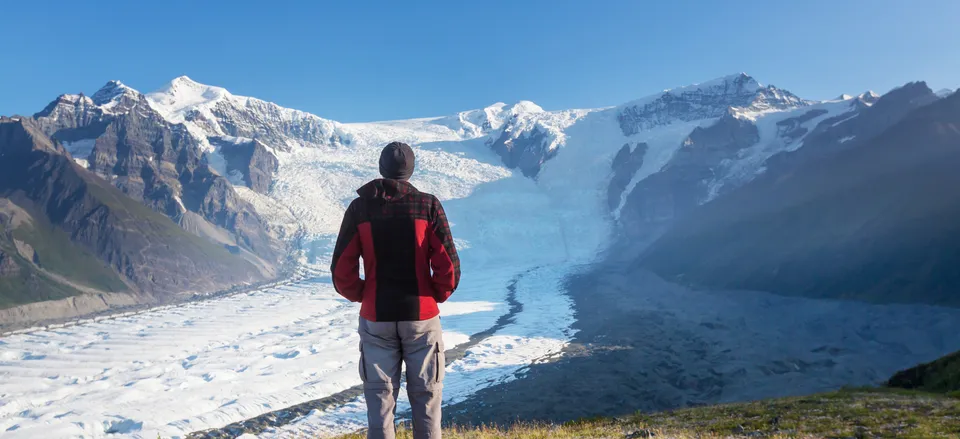
/https://tf-cmsv2-journeys-media.s3.amazonaws.com/filer/bd/b1/bdb1dd22-e1cf-43f6-bcd6-af99c38caad7/ak_wrangellstelias_kennecottmines_ist_539294457.jpg)
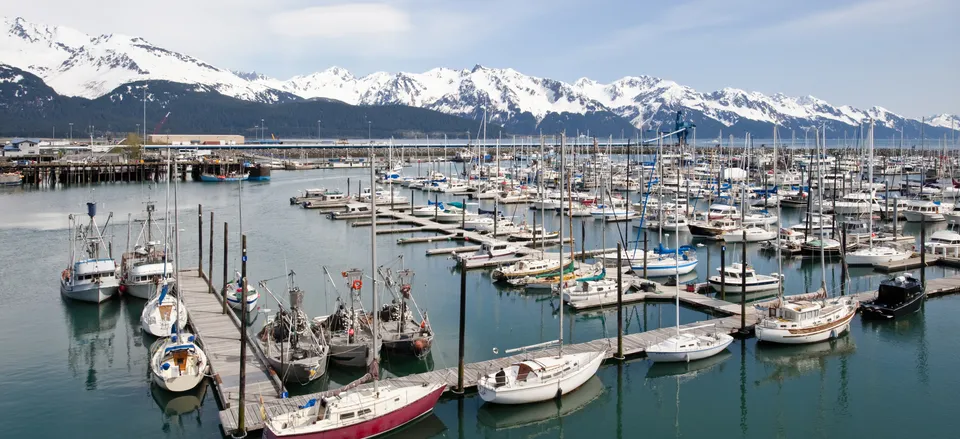
/https://tf-cmsv2-journeys-media.s3.amazonaws.com/filer/de/9e/de9ebb18-cd96-4c76-802a-00998965b222/ak_kenaifjords_glacier_dt_l_63199096.jpg)

/https://tf-cmsv2-journeys-media.s3.amazonaws.com/filer/89/88/898844bb-1498-4a2a-aba4-8ffefe28107b/animal_whale_istock_000003807978medium.jpg)
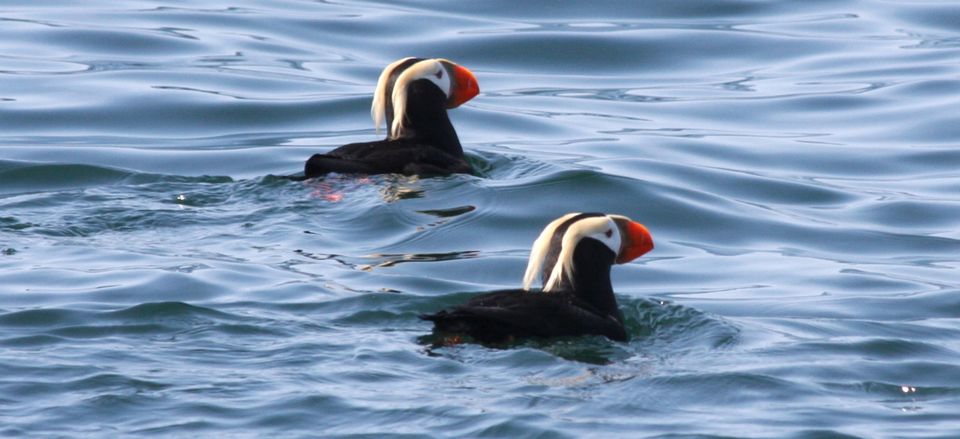
/https://tf-cmsv2-journeys-media.s3.amazonaws.com/filer/f7/ac/f7ac533a-ad8c-4ce3-bbdd-e162f6524475/animal_ak_stellarsealions_kenainp_dt_l_98768609.jpg)
/https://tf-cmsv2-journeys-media.s3.amazonaws.com/filer/d5/b9/d5b9895e-dbaa-4010-9629-7ad04d577e56/animal_eagleinalaska_dt14646496.jpg)
/https://tf-cmsv2-journeys-media.s3.amazonaws.com/filer/9e/77/9e7728b3-aa0c-4872-9fd6-23f29aaf4259/ak_anchorage_dt_l_30285733.jpg)
/https://tf-cmsv2-journeys-media.s3.amazonaws.com/filer/6d/da/6dda94ee-caa1-4b0d-b13f-a3707c7ef483/can_lunenburg_ist_180705265.jpg)
:focal(1357x762:1358x763)/https://tf-cmsv2-journeys-media.s3.amazonaws.com/filer/4c/7e/4c7e1040-63ae-4516-bb54-373f329d6b0e/mt_glaciernp_dt_l_47706193.jpg)
:focal(821x711:822x712)/https://tf-cmsv2-journeys-media.s3.amazonaws.com/filer/80/1f/801f008f-78df-48fe-a33f-9e3db5b76eb6/can_vancouver_waterfront_dt_m_30494008.jpg)
/https://tf-cmsv2-journeys-media.s3.amazonaws.com/filer/c5/2e/c52e6284-d47a-414f-b222-34afc8d5bacb/ant_icesculpture_ist_179295937.jpg)